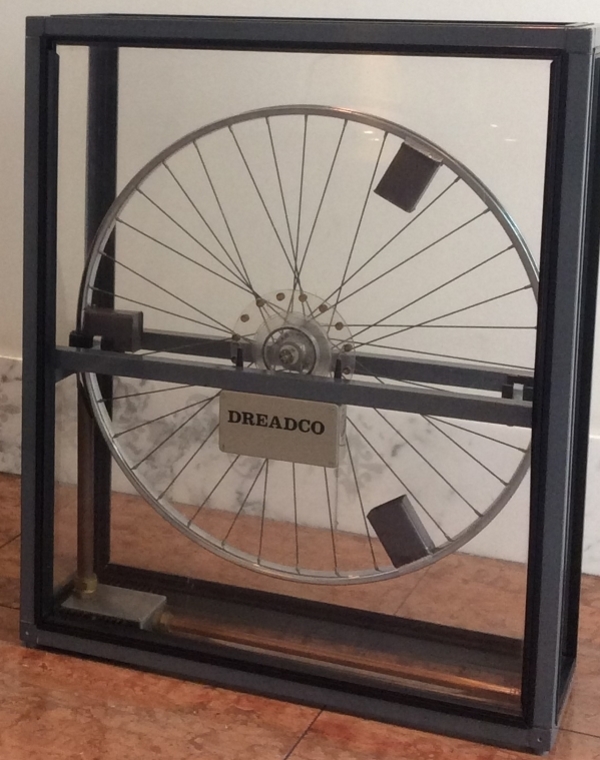Learning since long about Energy can neither be created nor be destroyed!
Contrary: Scientists since long are trying to establish a machine whose sole mechanism:
To do work infinitely without an energy source
Imagine an eternal source of energy that will allow humans to stop worrying about electricity or having to refuel their cars every day.
 |
| Machine |
From, Pre-19th Century to the Industrial Revolution to the Modern Era experiments on this hypothetical machine are observed as shreds of evidence.
This kind of machine is unmade & impossible, as it would violate the first or second law of thermodynamics.
First law of Thermodynamics:
The principle of conservation of energy, creating energy out of nothing.
Most attempts fall into this category.
Second law of Thermodynamics:
Even though they obey the principle of conservation of energy.
They attempt extraction of work from a single heat reservoir, violating the
Principle of no Entropy, decrease in an isolated macroscopic thermodynamic system.
History Behind Perpetual Motion Machine:
 | |
|
Despite this, many attempts have been made to construct such machines, continuing into modern times.
In 1900, Nikola Tesla claimed to have discovered an abstract principle on which to base a perpetual motion machine of the second kind.
No prototype was produced.
He wrote:
A departure from known methods – the possibility of a "self-acting" engine or machine, inanimate, yet capable, like a living being, of deriving energy from the medium.
Is it Impossible to create?
Scientist tried to create similar devices throughout history.
Few come up with little spheres structured machines.
 | |
|
While others tried to create self-filling vessels in which the liquid would move by itself without external help.
Experiment to defeat gravity using magnets were also ended with failure.
What is the closest thing to perpetual motion?
The Beverly clock is considered one of the world's longest-running experiments.
It is the closest anyone will ever see to a perpetual motion machine.
Constructed in 1864 by Aurthur Beverly
 |
| Fig: Beverly Clock Mechanics |
The Calculation and Facts:
Ambient temperature fluctuations expand and contract the air in an air-tight box
Temperature variation plays a key role, which drives the clock mechanism
6°Fahrenheit (3.3 K) over the course of each day creates approximately enough pressure to raise a one-pound weight by one inch (equivalent to 0.113 Joules or 31 μWh).
Doesn't sounds familiar!!
Don't Worry, Just understand that the whole mechanism:
Runs on Atmospheric Pressure and Changes in the Temperature
The unsolved secret of David Jones:
A genuine perpetual motion machine!
What? the perpetual machine has just an ever created history!
Then how Sir David Jones made?
The bicycle wheel spinning non-stop in the Royal Society
 | |
|
Jones, the fictional inventor for DREADCO (Daedalus Research Evaluation and Development Corp), specialized in stretching the limits of science.
Jones would propose fantastic inventions with a grounding in scientific principles.
The Law of Physics is the best clue to create a perpetual motion machine.
"Curiosity has its own reason for existing"


0 Comments
Hey! Your Valuable Comments & Suggestions are Welcome :)